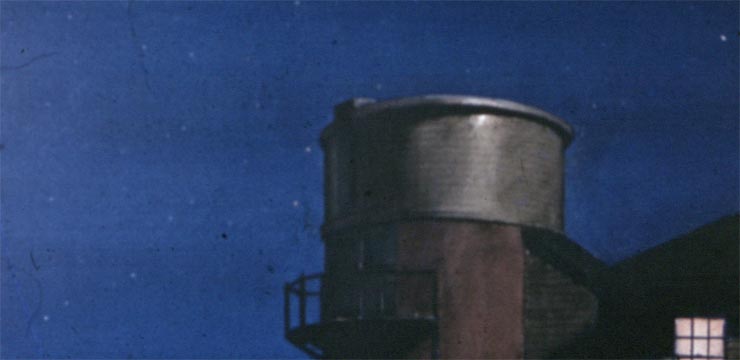
August 24
by Matt White
Thanks to an article in the Providence Journal, and the promise of clear skies, Steve Hubbard, Jim Crawford, and Matt White made plans for a busy evening. Steve operated the 12” Meade, Jim ran the Patton, and Matt manned the Clark.
Knowing the window to observe Saturn was going to be very limited, I quickly prepared the scope for the viewing session. Around 8:30, the skies had darkened enough and Saturn became visible close to the tree line. I selected a 25mm eyepiece giving a magnification factor of 108x and trained the scope over to the ringed planet. About twenty guests were able to view the planet before it slipped behind the trees.
With Saturn out of the picture, I trained over to Mizar and Alcor, often referred to as “Horse and Rider”. This system appears as a naked eye binary but is, in reality, a quadruple (Mizar) paired with a binary (Alcor). This system is approximately 83 light years distant. Mizar A and B are very easily split, even at low power. Once everyone had seen the system at 108x, I increased the magnification to 213x and centered the scope on the Mizar pair.
Staying focused on the big dipper, I trained over to Dubhe, a spectroscopic binary 123 light years distant. The companion star orbits at a distance of 23 AU and takes 44.4 years to complete a cycle. It comes as no surprise that we could not split the pair.
Towards the end of the evening, Vega had passed through the zenith and I was able to acquire it with the Clare. Vega's spectral class is A0V, making it a blue-tinged white main sequence star that is fusing hydrogen to helium in its core. It is a stunningly beautiful sight through the Alvan Clark refractor.
After comparing notes with Jim and Steve, we estimated a group of fifty people for the evening.
Submitted by Matt White



